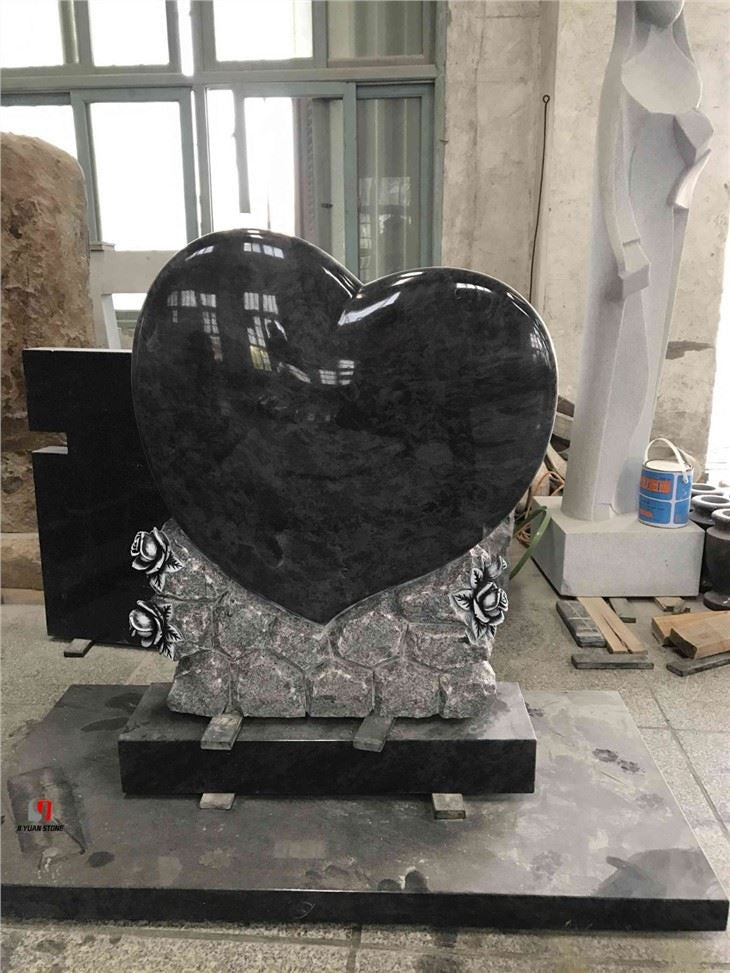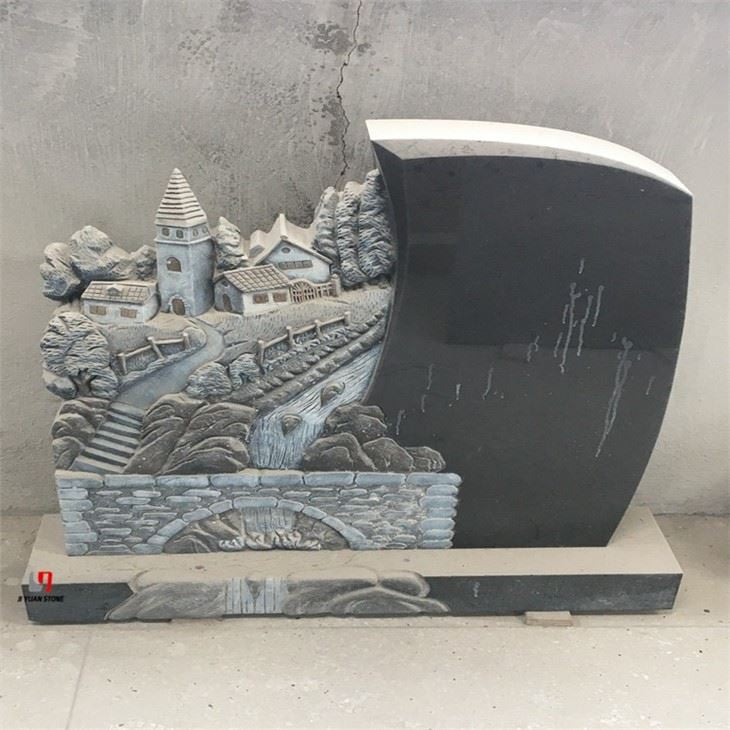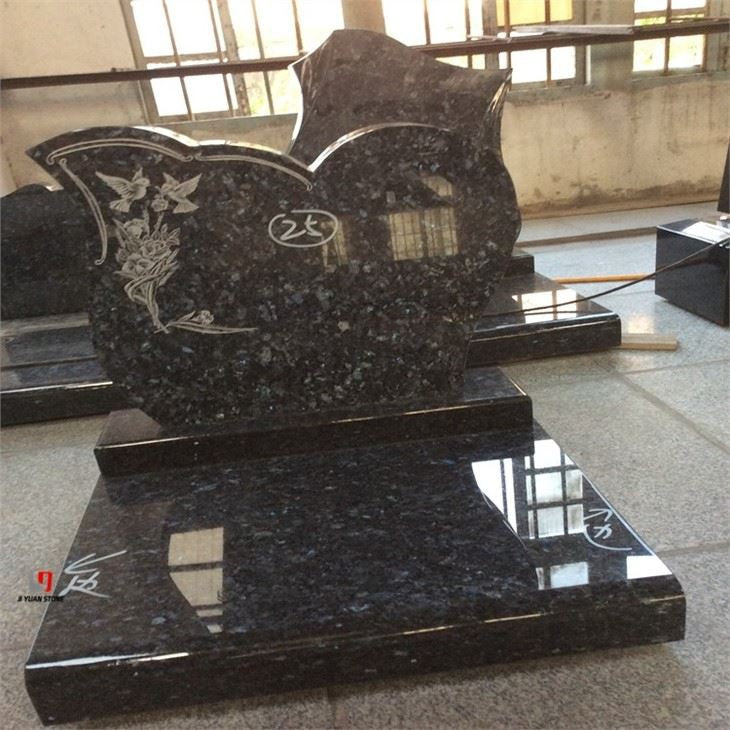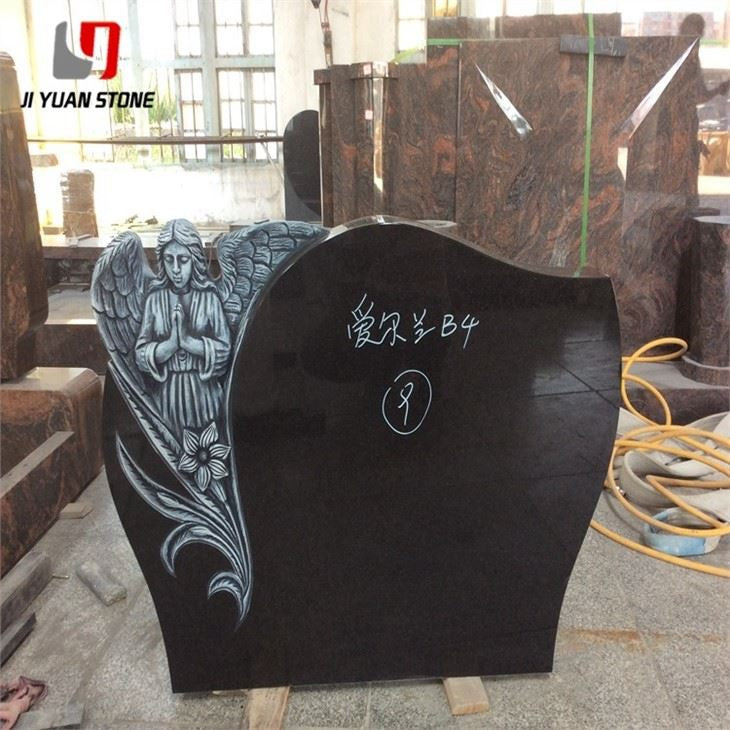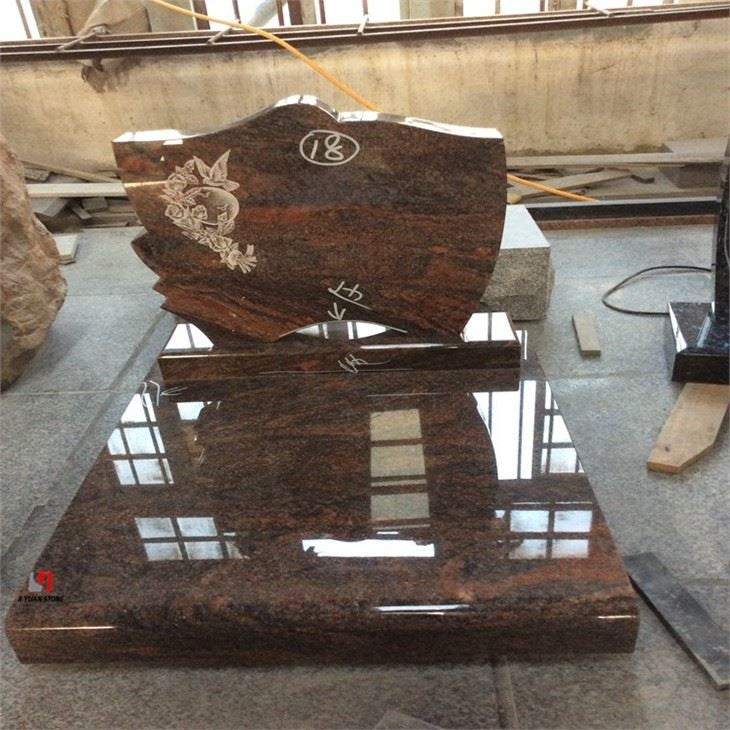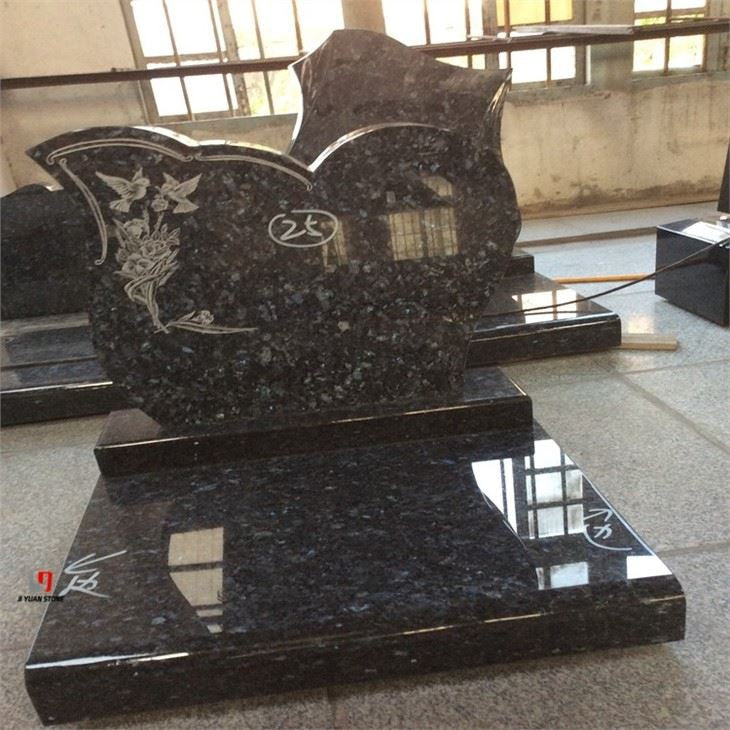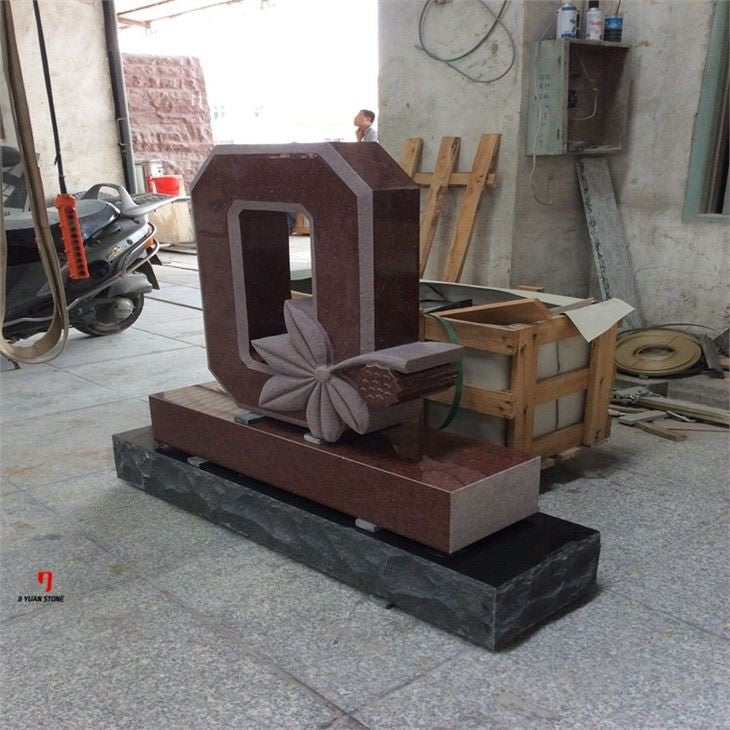Bahama Blue Granite Tombstone
Bahama Blue Granite Tombstone
Bahama Blue Granite Tombstone – Rich Color, Lasting Strength, Enduring Tribute
Crafted from stunning Bahama Blue Granite, this tombstone is a timeless and durable tribute to your loved one. Known for its unique blue and white swirls, this granite is not only visually striking but also resistant to natural elements. Honor your loved one with this elegant and lasting memorial.
| Feature | Details |
|---|---|
| Product name | Granite Monument/Tombstone/Gravestone/headstone |
| Finishing | Polished/ Honed/ Flamed/ Brushed/ Sandblasted/ Natural Split/ Chiselled/ Inlay Craft/ Embossment Craft/ Engraving etc. |
| Available Style | Colorful Pattern/ Sculpture Tombstone Design/ Upright Headstone/ Flat Marker/ Slant/ Funeral Plate Style/ Cross Style/ Books/ Angle Headstone/ Statue/ Tree Headstone etc. We can accept custom design. |
| Available Sizes | Standard Size or Customized Size |
A perfect blend of natural beauty and structural durability, the Bahama Blue Granite Tombstone is a premium memorial stone designed to honor loved ones with elegance and resilience. Sourced from natural stone quarries and expertly processed, this tombstone is known for its striking bluish tone with swirls of black, grey, and violet — delivering a dignified, timeless tribute.
While many consumers often raise concerns about fading, Bahama Blue Granite Tombstones are renowned for their long-lasting color and resistance to discoloration. Compared to marble, granite — especially Bahama Blue — is far more fade-resistant. Though no stone is entirely immune to natural aging over time, granite retains its aesthetic integrity significantly longer than most alternatives.
🔬 Mineral Composition & Stability
The Bahama Blue Granite is composed of a variety of hard, stable minerals including:
- Feldspar
- Quartz
- Mica
- Pyroxene
- Hornblende
The primary silicate minerals in this granite form stable silicon-oxygen tetrahedrons — structures known for exceptional chemical stability, acid and alkali resistance, low solubility, and strong weathering resistance. These characteristics make Bahama Blue granite highly durable in both outdoor and indoor conditions.
🌦️ Fade Resistance & Environmental Factors
Although granite is fade-resistant, it's important to understand the nuanced fading behavior:
- Darker granite types, such as those with high pyroxene, amphibole, and magnetite content, may experience more noticeable fading over time.
- Lighter granite, primarily made of potash feldspar, quartz, and biotite, fades less and maintains a more consistent appearance.
Bahama Blue granite features a balanced mineral composition, making it less prone to discoloration under most environmental conditions. Still, exposure to high acid-base air (e.g., industrial zones) or lack of regular maintenance can influence fading.
Furthermore, the order of mineral formation matters. Early-formed, heavier minerals (like pyroxene) are more susceptible to surface changes when exposed to open-air environments. Later-forming minerals like quartz — the most stable — retain their color best over time.
Secondary minerals, such as epidote and chlorite, often found in green granites, are more prone to fading. However, in the case of Bahama Blue granite, which contains more primary, durable minerals, the fading effect remains minimal over 5–10 years, especially compared to softer stones like marble.
🔧 Key Features of Bahama Blue Granite Tombstone:
- Elegant Blue-Grey Tone with natural patterns and swirls
- Exceptional Structural Strength – resists cracking, chipping, and warping
- High Weather & Chemical Resistance – ideal for long-term outdoor use
- Fade-Resistant Surface – maintains color integrity over time with proper care
- Low Water Absorption – resists moisture penetration and erosion
- Easy to Maintain – periodic sealing keeps the stone looking pristine
📍 Applications & Suitability
Perfect for:
- Headstones and memorials
- Family monuments
- Garden and cemetery tributes
- Long-term outdoor commemorative use
Whether you're looking for a visually striking, durable, and long-lasting tombstone, the Bahama Blue Granite Tombstone offers peace of mind and elegance. It honors life with color, strength, and grace that will endure for generations.
Share
